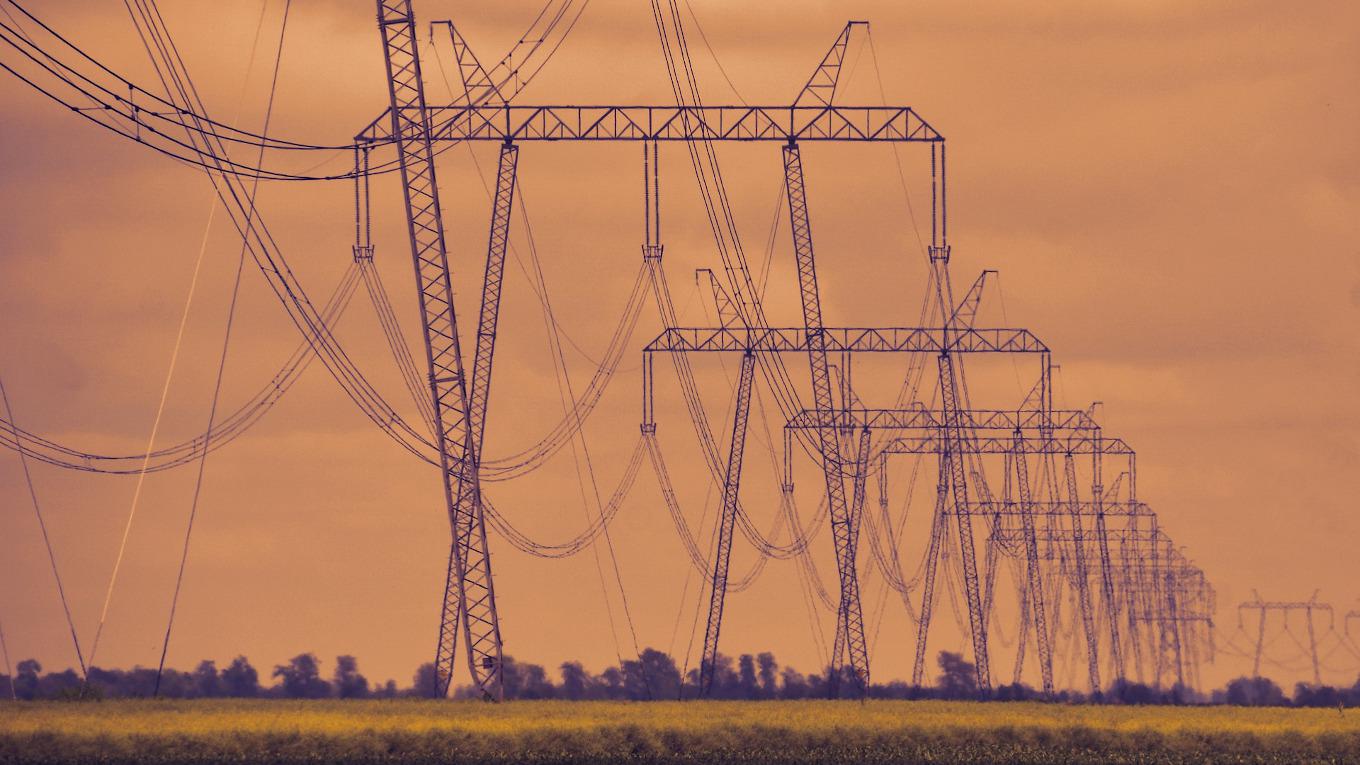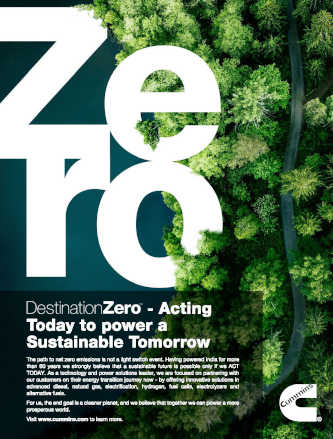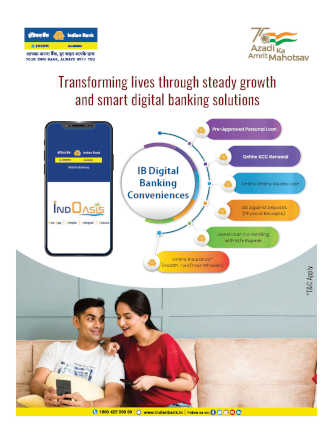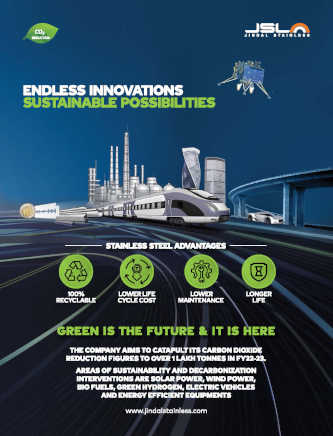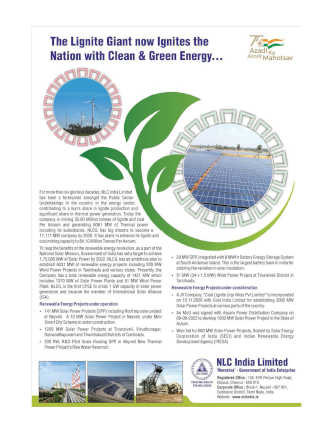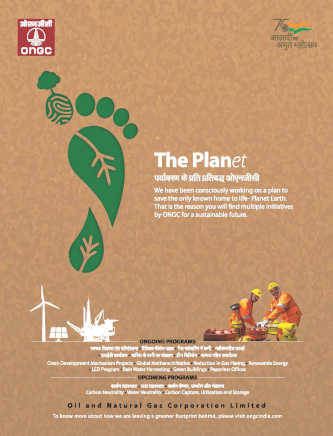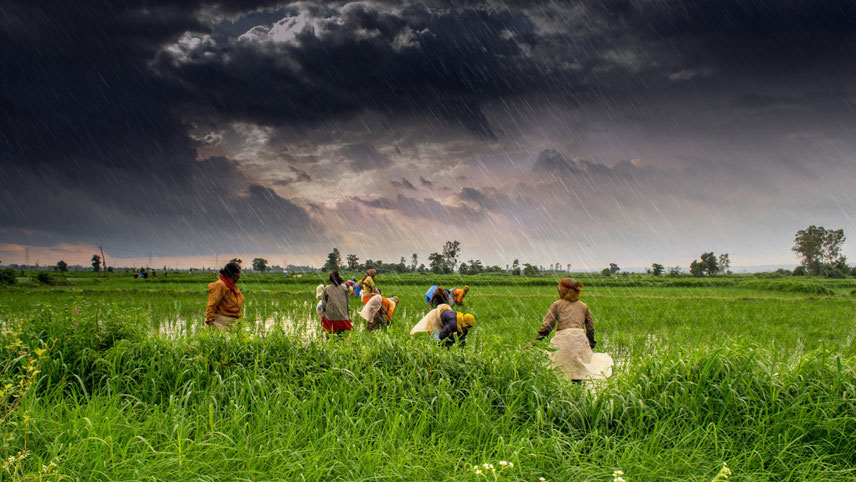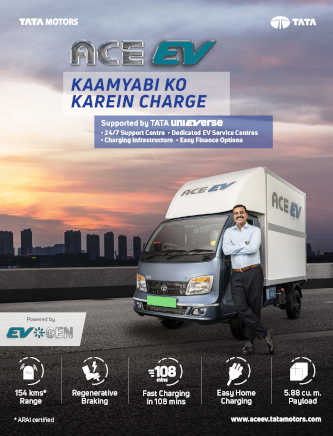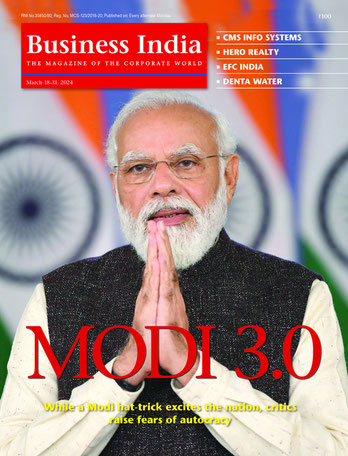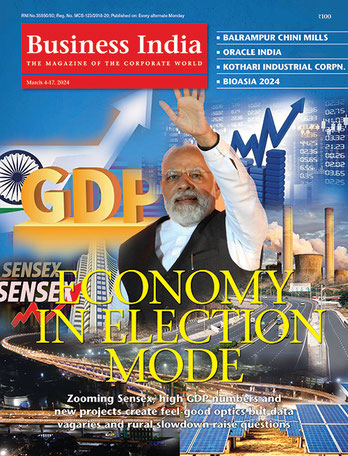
A recent survey found that two out of every five rural consumers in India are dissatisfied with services from state-run power utilities, and millions remain without reliable access to electricity. More than one-third of small rural businesses also remain without grid electricity. On the other hand, the same survey from Smart Power India showed that private mini-grids have a high rate of customer satisfaction, at more than 80 per cent. At a time when state-run power utilities (DISCOMs) face yet another cycle of poor fiscal health despite ongoing government support – with a reported 4.4 per cent increase in financial losses at the end of 2018-19 – a greater role for private decentralized renewable energy (DRE) companies can help by reducing utility debt and better serving rural customers. The government has called for a greater role for the private sector (with R.K. Singh, minister of state for power & new and renewable energy, saying: “There is no justification for the consumers to be asked to bear the cost of inefficiency”), and major corporations and a host of innovative start-ups are ready to answer provided that the business environment is improved. “Decentralising power through micro-grids is a solution tailor-made for India’s unique energy challenges”, wrote Praveer Sinha, CEO, Tata Power, earlier this year, highlighting the benefits of mini- and micro-grids in bringing about a more efficient power ecosystem. Mainstreaming distributed solutions into the last-mile power market could have a dynamic impact on multiple national missions, including doubling farmers’ income, rural livelihoods, and skills, while also improving education, primary healthcare delivery, and the general welfare of rural communities. Similarly, for entrepreneurs in rural India, access to reliable electricity also means increases in average incomes and improved business performance, which provides more opportunity and jobs to villages. The mechanisation, expansion, and creation of new businesses using DRE solutions is already showing results. A project undertaken by Smart Power for Rural Development (SPRD) in Uttar Pradesh and Bihar found that post the introduction of mini-grids, existing micro-enterprises expanded their businesses by adding refrigerators, or other electrical devices, with an average of a 12 per cent monthly increase in revenue. In addition, as a result of available electricity, new micro-enterprises have emerged as well. A recent jobs survey by Power for All showed that private DRE companies in India accounted for nearly 100,000 formal jobs in 2017-18, and five times that number of productive use jobs in communities gaining access. So, how can India fully capitalise on this potential, improve the quality of rural electrification, and boost local economies? While some interventions in the areas of policy, innovation and investment exist in pockets, there is the need for a concerted effort at scaling up these solutions in order to leverage the power of DRE in improving livelihoods and generating economic activity and employment.

